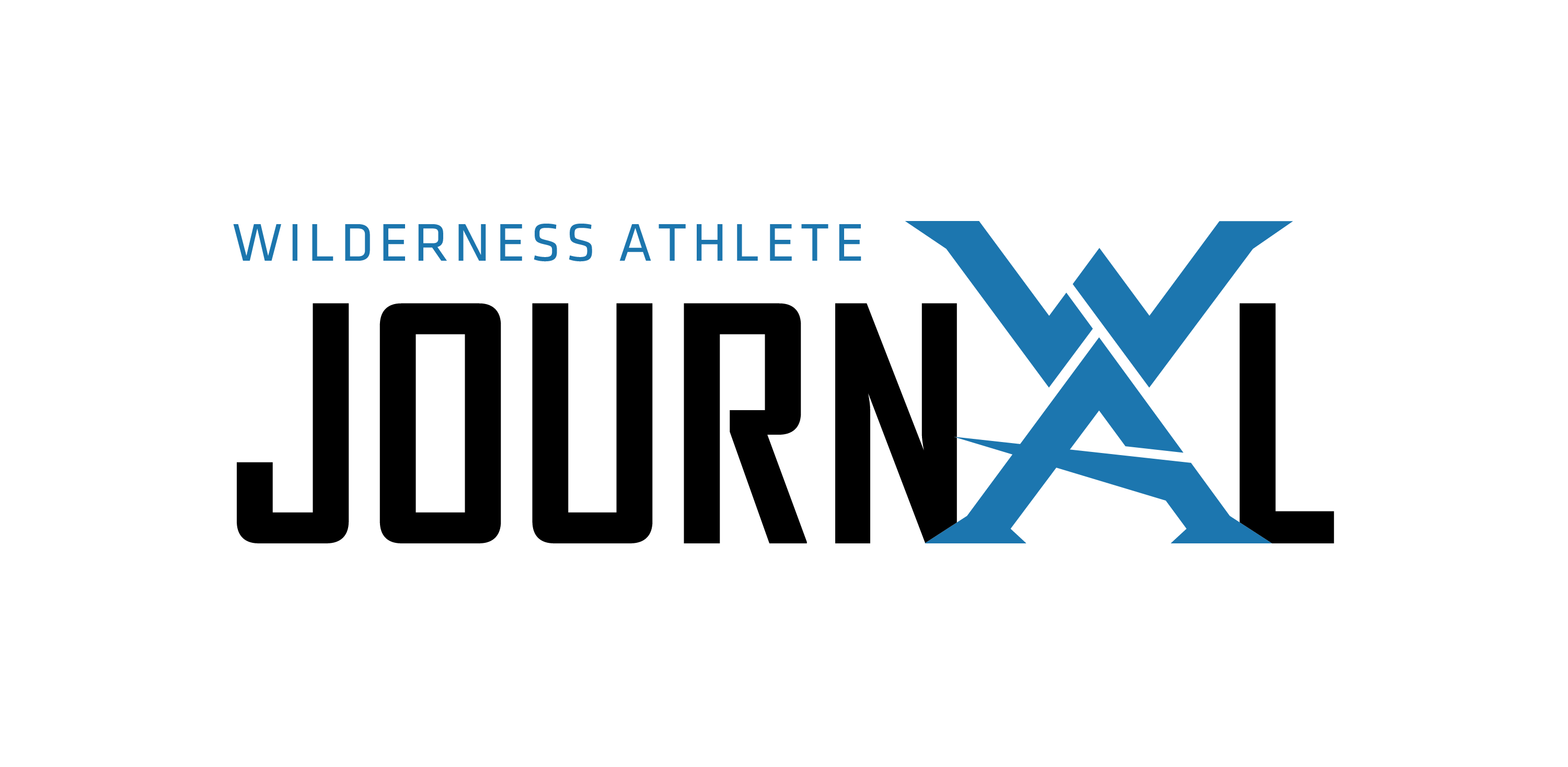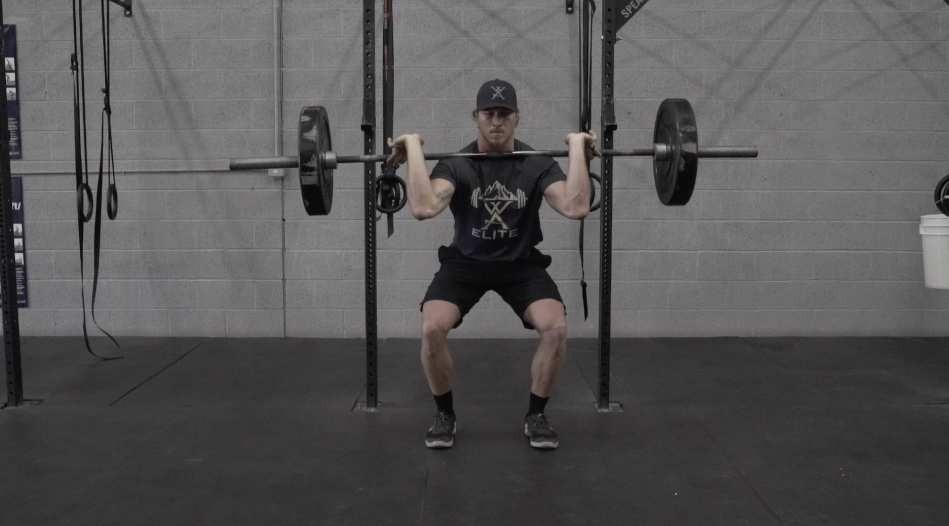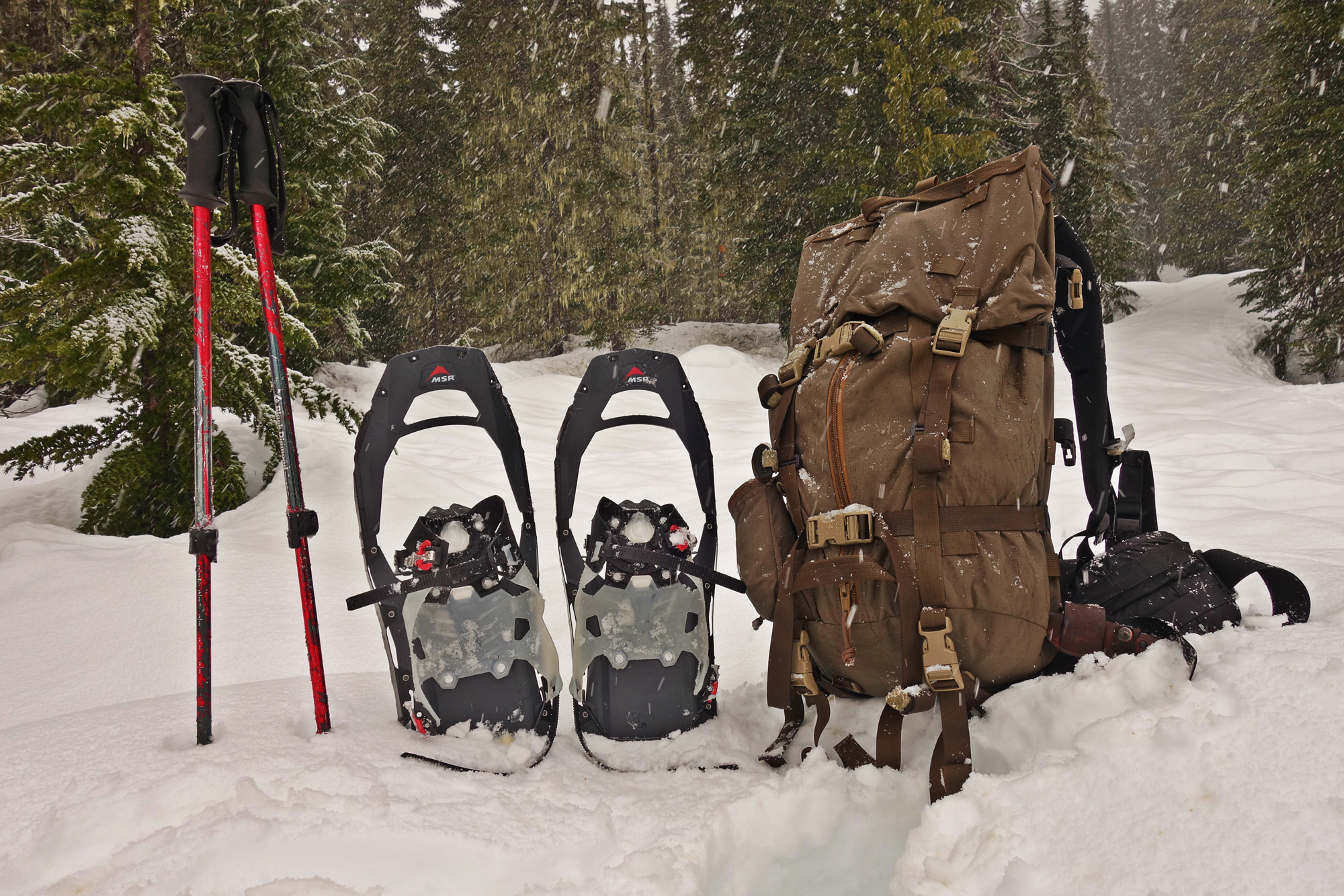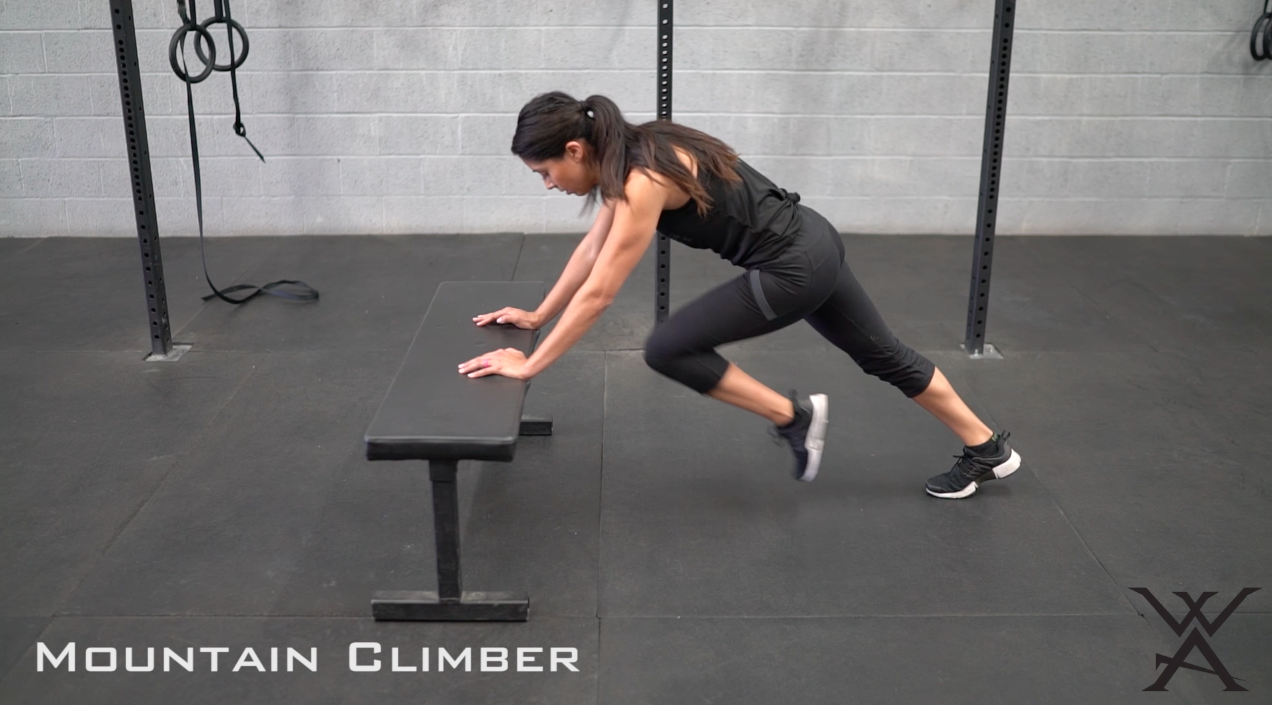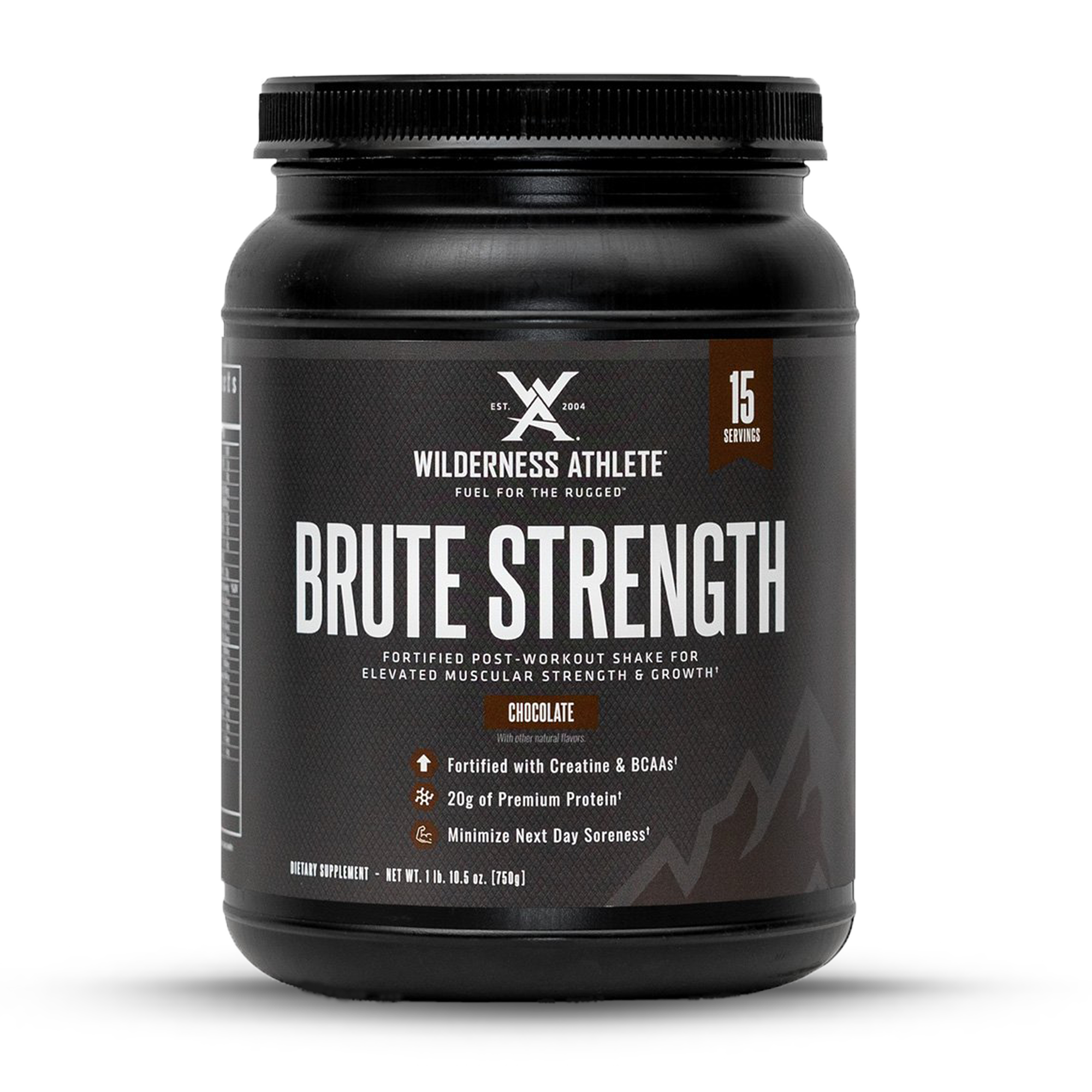As we look further into health and wellness, we must first learn how to prioritize our progressions in order to efficiently move. Understanding how the body functions and the patterns it moves in will help us create a “mind and body” connection. Whether you are looking to build size, strength, cardio, endurance, mobility, climbing ability, or anything else, we first must focus on the safest way to improve. If our joints cannot move through their full range of motion, our bodies will never be able to reach their optimal strength and performance potential. Equally as important, if we do not have stability in certain areas, our body will naturally start to compensate in an inefficient way, creating an imbalance which may lead to overuse and injury.
We will focus our first series of “Wild Skills” on improving Posture and Stability. Creating a solid foundation on which we can safely build on while keeping in mind the importance of High-Quality Functional Movement Patterns, will allow us to increase our longevity and quality of life in the backcountry.
HOW TO CHECK POSTURE & STABILITY
Lateral Alignment View
Either take a picture or have someone stand later to your body, stand up naturally and check to see if your ears, shoulders, hips, and ankles line up.

GOOD
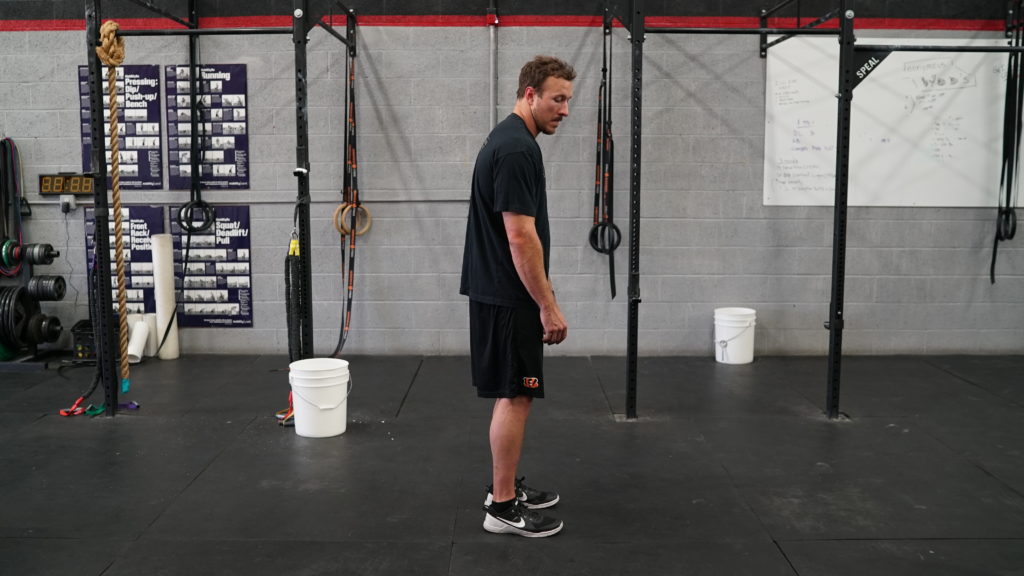
BAD
Frontal View
Are the shoulders rounded causing the palms to pronate?
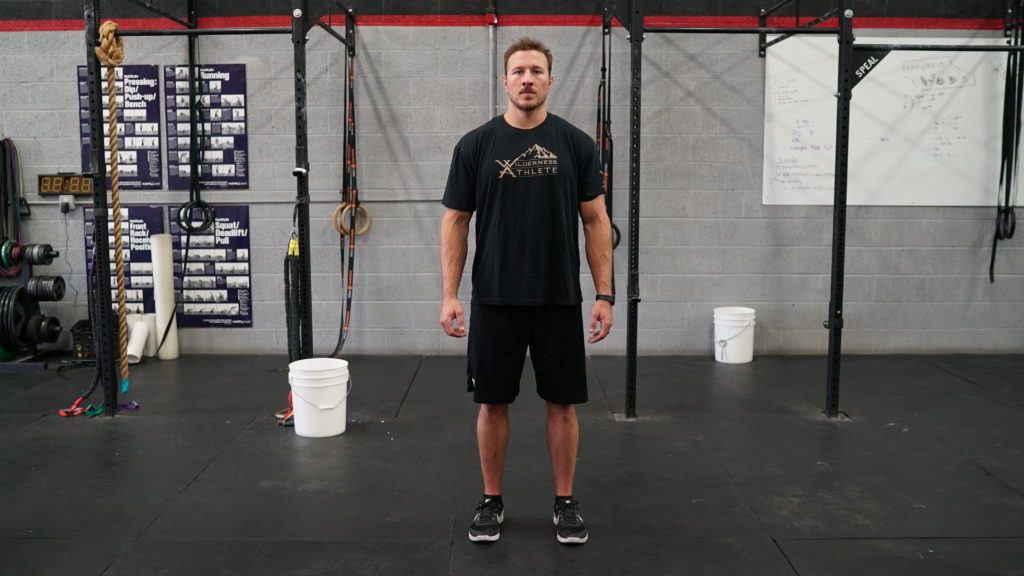
GOOD
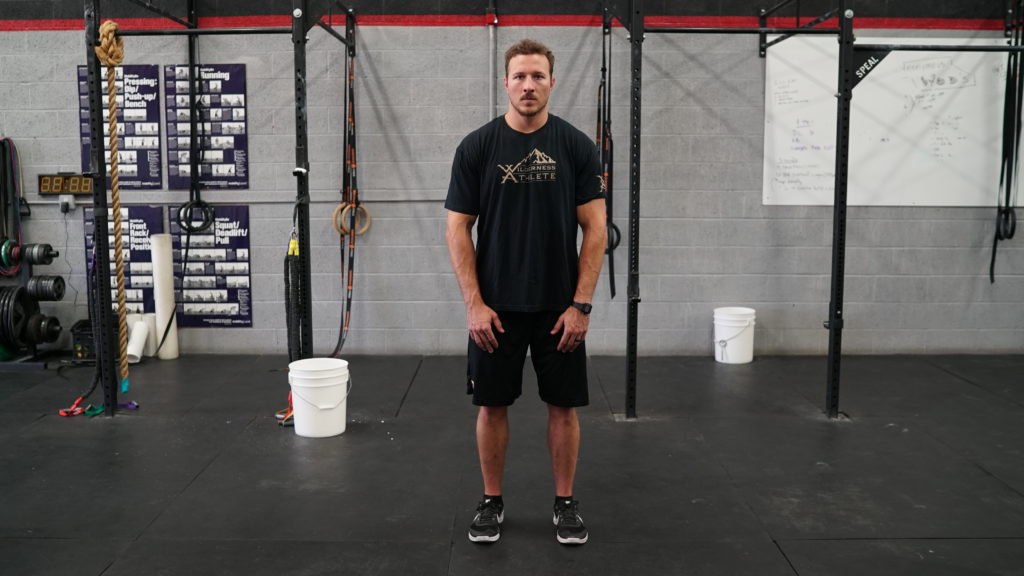
BAD
Take a picture or check yourself in the mirror to see if your palms are turning in, causing your hands to pronate
Back Lying Test
Lay on your back, feet flat on the floor with your knees to the sky, with your hands to the side, check to see if your shoulders are touching the floor.
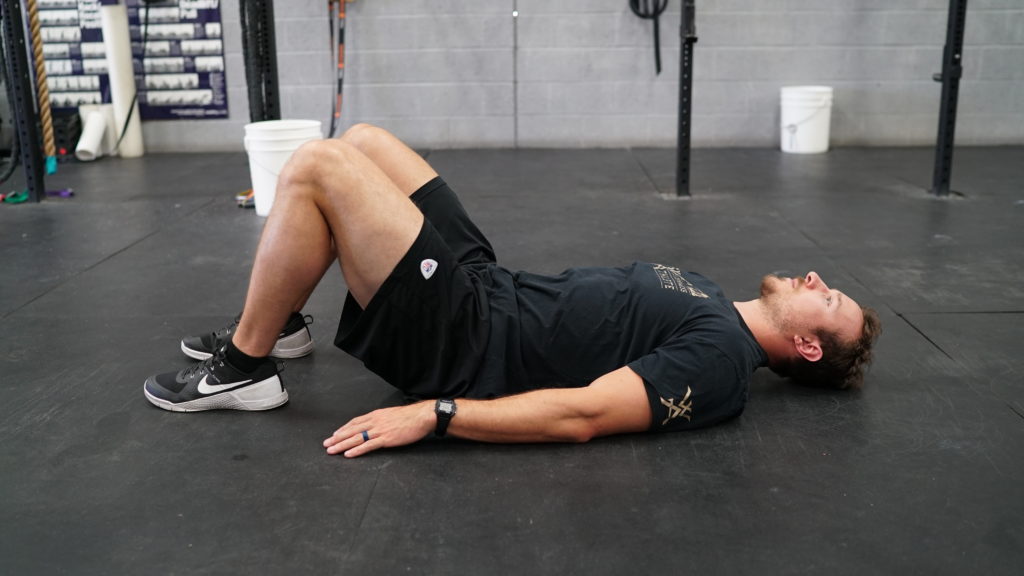
GOOD

BAD
EFFECTS
The main effect of poor posture regarding our health and fitness is how it may alter the functional patterns our bodies move in. There are a handful of different posture deviances that may occur, but for the purpose of this conversation, we will focus on the one that occurs most often: Kyphosis.
Having a Kyphotic posture is associated with rounding of the upper thoracic spine, rounded shoulders, forward head, and an anterior/posterior pelvic tilt. Tight, overextended hamstrings, adaptive shortening of the hip flexors due to sitting, and weak glutes direct pain to the low back due to overcompensation. These deviations in the functionality of their movement and mobility will inhibit our ability to work in full range of motions.
Having poor posture will result in indirect pain or aches throughout the body. For example, you may have tension headaches, tight shoulders, or even an aching sciatic nerve that is stemming from poor posture or alignment in the spine and shoulder girdle. Don’t worry though, it can be improved!
HOW TO FIX THIS PROBLEM
There are many different options as far as how we can improve these problems if they already exist. Here’s a few in relation to our culturally sedentary lifestyles:
- Improve your sitting posture by keeping shoulders packed back and down
- Sit on the edge of your seat with your knees lower that your hips, feet flat on the floor
- Use lumbar support when sitting
- Stand up and walk or stretch for five minutes every hour
- Lengthen the front side, and strengthen the back side (see corrective exercises)
It is important to understand what the actual problem is before trying to correct the issues. When we have poor posture, we are subconsciously shortening and lengthening muscles around our joints. When this happens, we create an imbalanced pull on ligaments, tendons, and joints, causing overcompensation and poor movement patterns.
For example, we are a forward society, everything is focused in front of us whether it’s TV, our cell phone, computers, driving, cooking, doing dishes, etc. Our posture slowly begins to shift due to the overuse and lack of focus on the antagonist/opposite muscles. In the glenohumeral head, or shoulder joint, our chest muscles and front shoulder muscles begin to shorten because of the lack of proper posture. In response, our posterior muscles begin to weaken and become immobile and unstable creating all kinds of uncomfortable symptoms. As our shoulders roll forward, our thoracic spine then overcorrects the issue by creating an excess curvature in the upper back, which is now affecting the curvature of the low back and then hip alignment. Our body is a machine and it is important we focus on its maintenance.
POSTURE & STABILITY FINAL THOUGHTS
This topic can be expanded on for pages and pages of research and supported theories so it is important to understand that all individuals are different. Response times and even corrective programming may change from person to person. Poor stability and posture places muscles and joints in vulnerable positions, which may lead to lack of mobility and increased risk of injury.
Remember, pain can sometimes be indirect due to compensation in other areas of the body. Be sure to stay proactive with your stability and posture in order to improve your overall quality of life. Also keep in mind that if you hunt, hike, or do anything outdoors that’s physically demanding, posturing your mind towards better health and wellness will improve your longevity in the backcountry.
